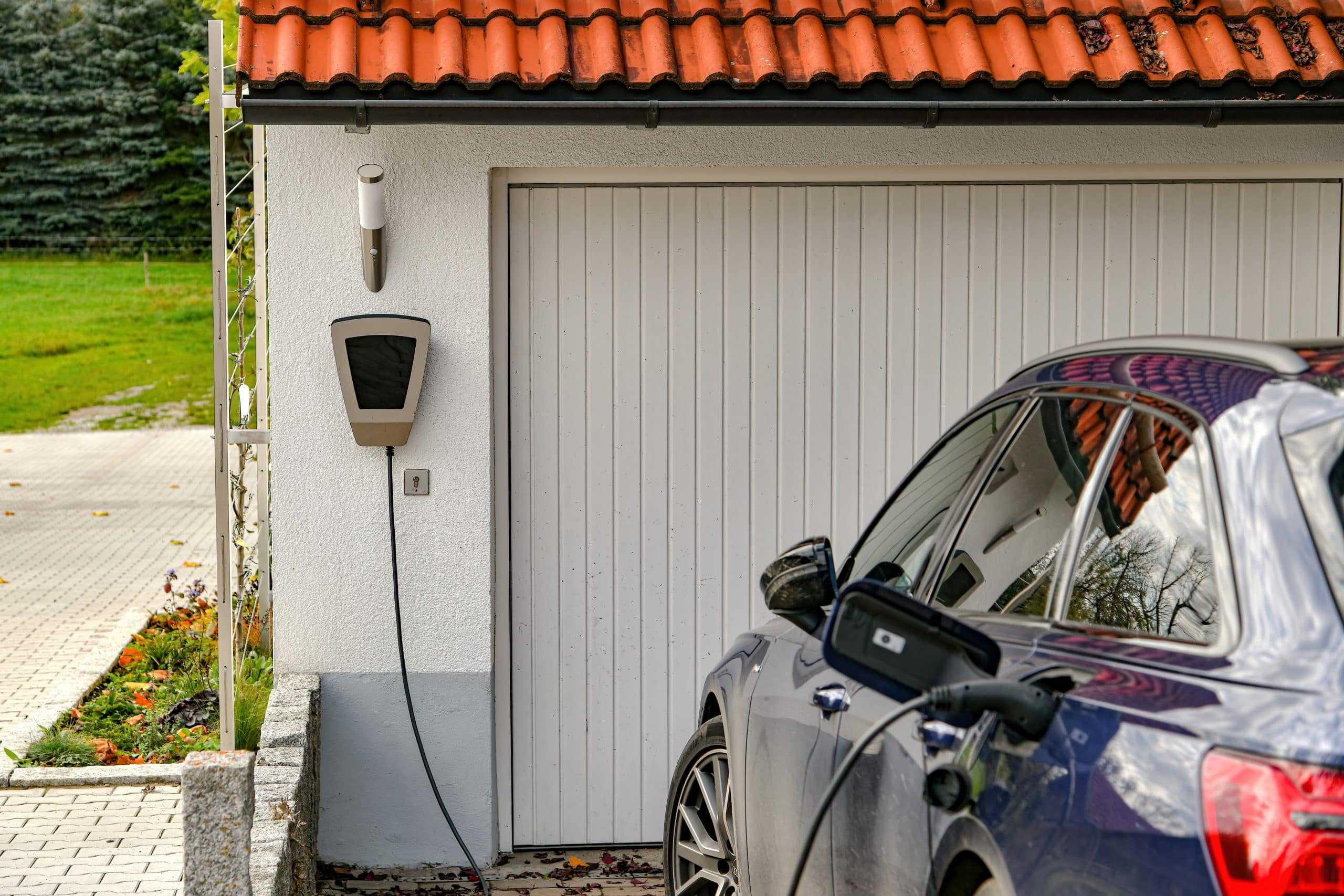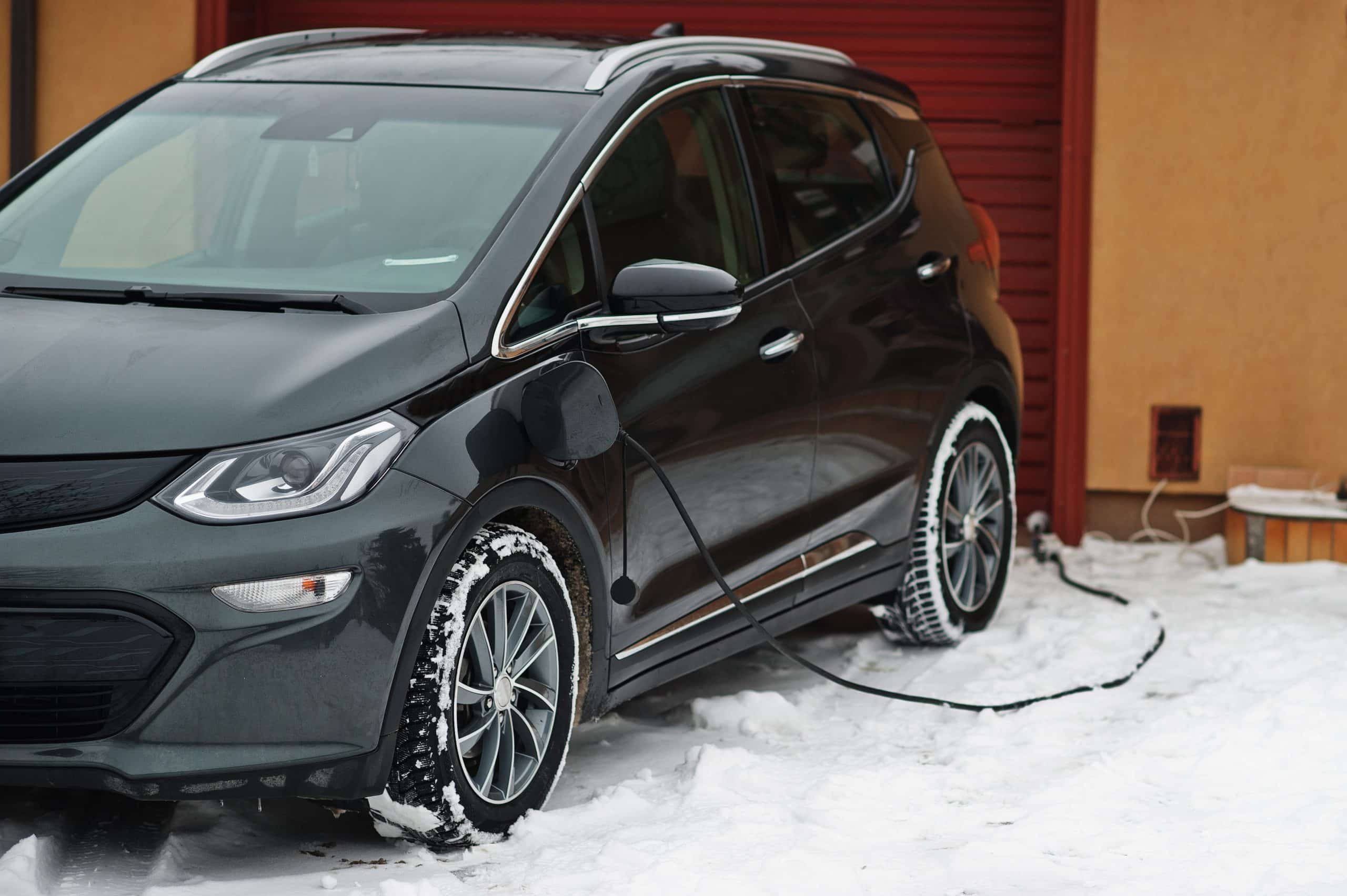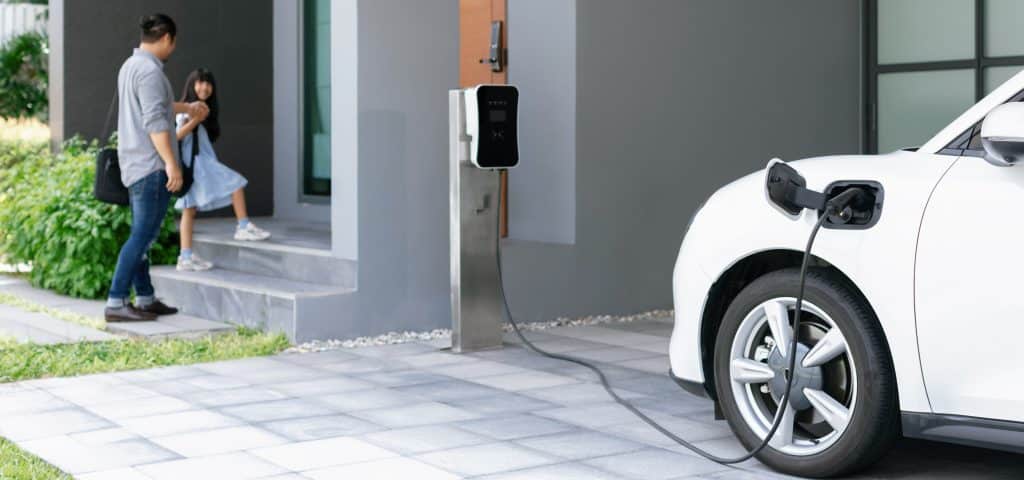
Understanding the Basics of Electric Vehicle Charger Installation
Installing an electric vehicle (EV) charger at home may seem like a daunting task, but it’s a necessary and rewarding investment for EV owners. Before diving into the installation process, it’s essential to understand the basics of EV chargers. These chargers come in different power levels, ranging from Level 1 (120 volts) to Level 2 (240 volts). Level 2 chargers are the most common choice for home installations due to their faster charging capabilities. Assessing Your Electrical SystemOne of the first steps in installing an EV charger at home is assessing your electrical system’s capacity to support the charger. It’s crucial to ensure that your electrical panel has enough available capacity to handle the additional load of the charger. In some cases, an electrical service upgrade may be necessary to accommodate the charger’s power requirements.
Choosing the Right Location for Your Charger Selecting the optimal location for your EV charger is important for convenience and safety. The ideal placement is near your vehicle parking spot with proper ventilation and protection from the elements. Additionally, the location should allow for easy access to the charger without posing any obstructions. Hiring a Qualified Electrician While it’s possible for some individuals to install an EV charger on their own, hiring a qualified electrician is highly recommended. A professional electrician will ensure that the installation complies with local building codes and safety standards, providing peace of mind and avoiding potential hazards associated with improper installation. Obtaining Permits and Meeting Regulatory Requirements
Before commencing the installation, it’s crucial to obtain any necessary permits and ensure compliance with local regulations. Many jurisdictions have specific requirements for EV charger installations, and failure to adhere to these regulations can result in costly fines and safety hazards. Here at Dahan Electric, we help you get all the permits needed. Call us for help.
301.206.2100
The Installation Process
Once all preliminary steps are completed, the installation process can begin. This typically involves mounting the charger on a suitable location, running the required electrical wiring to the charger, and connecting it to the electrical panel. A professional electrician will handle all aspects of the installation, ensuring that it’s done safely and efficiently.
Obtaining Permits and Meeting Regulatory Requirements
Before commencing the installation, it’s crucial to obtain any necessary permits and ensure compliance with local regulations. Many jurisdictions have specific requirements for EV charger installations, and failure to adhere to these regulations can result in costly fines and safety hazards. Here at Dahan Electric, we help you get all the permits needed. Call us for help.
301.206.2100
The Installation Process
Once all preliminary steps are completed, the installation process can begin. This typically involves mounting the charger on a suitable location, running the required electrical wiring to the charger, and connecting it to the electrical panel. A professional electrician will handle all aspects of the installation, ensuring that it’s done safely and efficiently.
Installing an electric vehicle charger is easiest with Dahan Electric.









